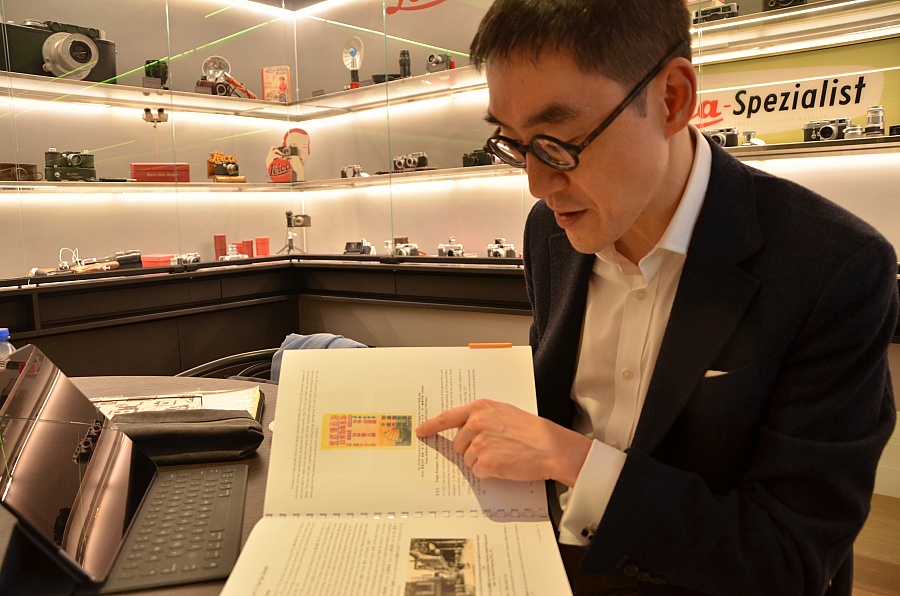Private museums are rare in Hong Kong but quite common in other countries. The Sherlock Holmes Museum, Fan Museum and toilet museums are but a few examples. In 2014, Douglas So founded the F11 Photographic Museum in Happy Valley, which promotes the heritage of photography, architecture, and private museums.
As a child, Douglas lived in Tai Hang Road, went to St. Joseph’s Primary School, volunteered for St. James’ Settlement, and went to church in Happy Valley. Located in 11 Yuk Sau Street, the F11 Photographic Museum is carved from a three-story Art Deco Grade III historic building in the 1930s. As a child, Douglas used to pass by the building on his way to church. The mansion later became a Chinese restaurant. It was then converted into a supermarket, which he frequented, and gallery, where his daughter had painting class.
Douglas has always been a lover of old architecture. He became the new owner of 11 Yuk Sau Street in 2012. In the past, the odd numbers among 1-11 Yuk Sau Street belonged to the same block, but 1 through 9 was demolished and only blocks 11, 15, and 17 are left. Douglas invited Henry Lo, associate director of CUHK’s Centre for Architectural Heritage Research, to refashion the building into its old façade. The team conducted extensive research into the building’s style, use of color, staircases, past tenants and shops. For instance, the use of wood flooring for indoor staircases is confirmed via the 1980s film Wrong Wedding Trail. Although the color of the outer walls could not be traced, the team adopted a color scheme that matches the overall style of the 1930s. The “Mui Tsai stairs”, which segregated the female servants (Mui Tsai) from the masters, were also refurbished to its original condition.
11 Yuk Sau Street is an exemplary case of private preservation and revitalization. F11 soon became Douglas’ way of preserving and promoting photographic art. The name “F11” is inspired by the address, but it also stands for the size of the aperture. The museum houses quite a few rare cameras, including original builds as well as ex-military models. F11 also houses regular photo exhibitions, like the current “Hong Kong 1952” by the late Werner Bischof.
Art is always best when shared. Douglas sees his museum as a venue for sharing art, knowledge, and joy. This is why visits to the museum is by reservation, and volunteers guide the visitors through the story of cameras, photographs, and the museum. In the long run, Douglas hopes to establish a charity fund to support young photographers.
Despite being a private museum, F11 is connected to the neighborhood. The exhibition “Hong Kong 1952”extends to the back alley, where the kaifong could appreciate the masterpieces easily. For Douglas, this is an extension of public space, “People usually associate back alleys with crime, dirt, and darkness. We converted it into a clean and bright venue with photographic work”. In fact, Douglas sees infinite possibility in Wan Chai’s back alleys, “Michael Wolf’s Hong Kong Front Door is a focused study of these hidden avenues. It would be great fun if we could host a seminar on the imagination of back alleys. If we could get the landlord’s approval, street art would be possible.”
Douglas is someone who puts his words into action. He believes that small experiments lead to big changes. This applies equally to historic buildings, private museums, and back alleys.



